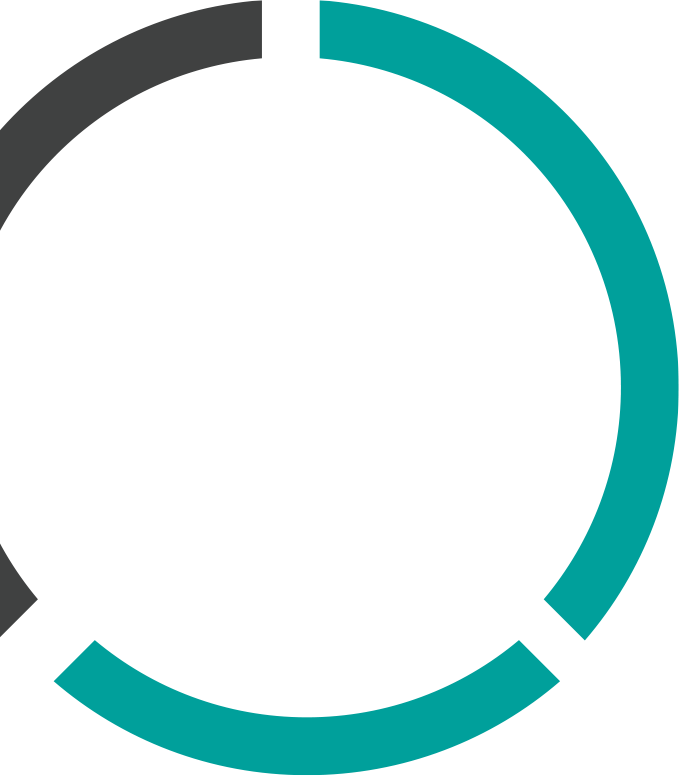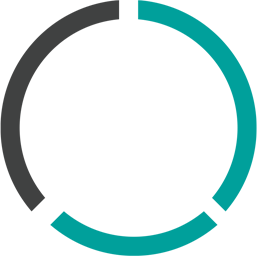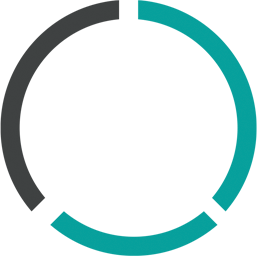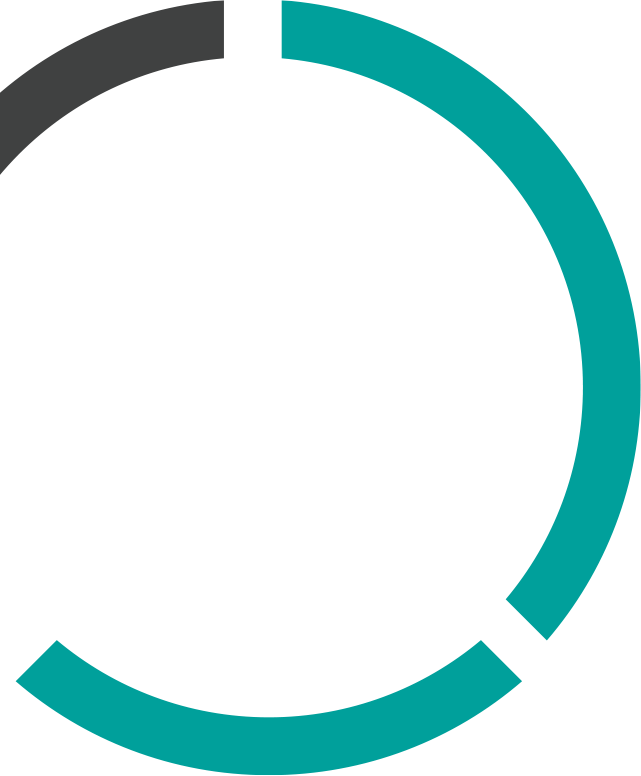In recent years, the advent of artificial intelligence (AI) has revolutionized various industries, and graphic design is no exception. AI-powered tools now offer designers and businesses the option to create logos quickly and effortlessly. While this technology has its advantages, it is essential to understand both the benefits and drawbacks of using AI to design a logo for your business or organisation.
Clients have approached us with logos that have been created by AI. While they are fine on the surface and often look pretty good, several critical issues have often appeared after examining AI generated logos. The primary concern is regarding the file formats. Some AI tools might be better than others, but what we often found were issues with file formats not meeting industry standards, which means when you supply your AI generated logo files to printers, web developers or other sectors that may require your logo, you can run into some issues and the result may not be what you expected. For example, the SVG files (Scalable Vector Graphics - a web-friendly vector file format) contained a warning about potential clipping loss when opened in Adobe Illustrator (an industry standard professional design tool). This issue could jeopardize the design integrity, particularly if changes were required. Additionally, AI logo tools have provided raster files (JPGs and PDFs) with low resolutions of 72dpi, which is inadequate for high-quality printing. To achieve optimal print results, a resolution of 300dpi is recommended. Moreover, file have been delivered in RGB color mode, while CMYK color mode is required for printing. Converting RGB files to CMYK might result in slight color variations, so it's important to have a professional designer take care of generating these files. Due to these issues, if you're using AI to generate a logo for your business, it's important you have a professional look over the outputs, as addressing these issues is crucial to ensure the success of your logo and to maintain the desired level of quality and professionalism in your logo design and ensure your branding is consistent across all media.
Ultimately, the decision to use AI for logo design depends on the specific needs and resources of a business. While AI can be a valuable tool for generating initial concepts quickly, it should not replace the expertise and creativity of skilled human designers and adhering to industry standards, particularly for quality prints. Many successful brands still choose to work with professional designers to ensure their logos are distinctive, impactful, and aligned with their brand identity.
Artificial intelligence has undeniably transformed the design landscape, offering both convenience and accessibility. AI-powered logo generators can be an excellent starting point for logo creation, particularly for small businesses with limited budgets and time constraints. However, it's vital to recognize the limitations of AI when seeking a logo that embodies a brand's unique identity and resonates with its audience. To achieve a truly remarkable logo that stands the test of time, collaborating with experienced designers who can blend creativity, strategy, and human insight remains an invaluable choice, something that current AI tools can't provide. Striking the right balance between AI technology and human expertise will undoubtedly lead to logos that leave a lasting impression in the competitive world of branding.




